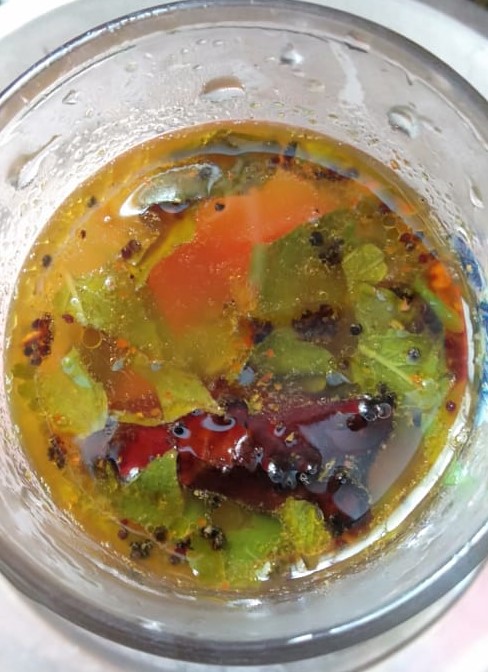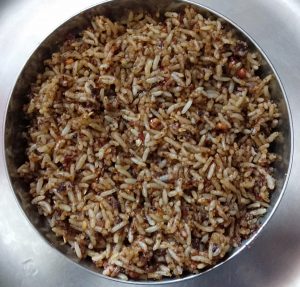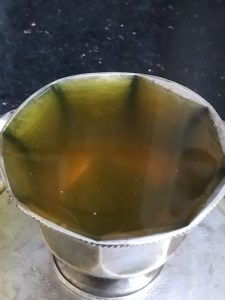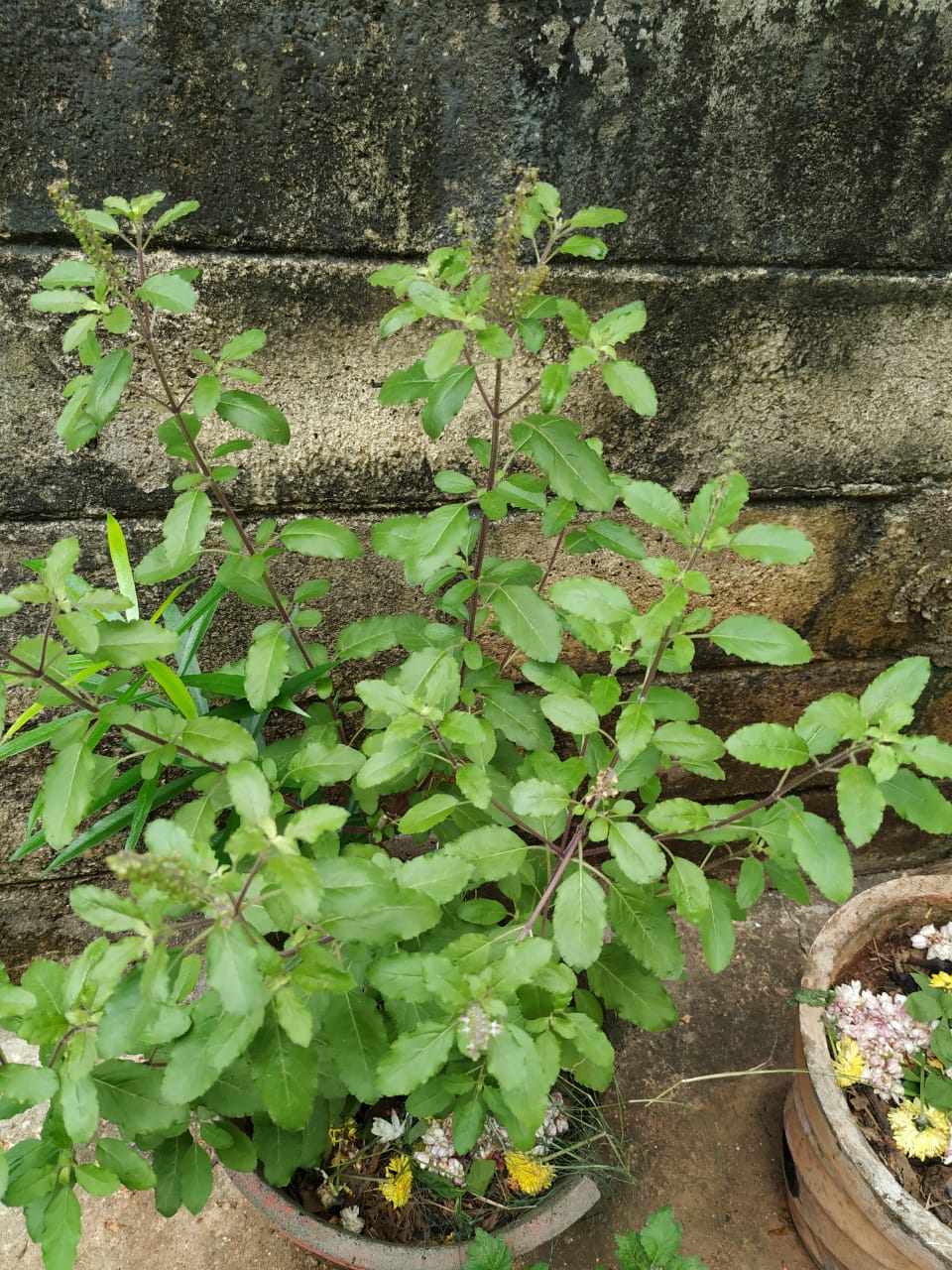Table of Contents
Tulsi, an inevitable plant found commonly in Indian gardens is considered the queen of herbs. This definitely ranks among the go-for plants when you can have only a few plants in your garden. Tulsi is one of the best herbs that boost immunity naturally. It is also an effective natural remedy for cold and cough.
Properties of Tulsi
Tulsi is considered to be effective in extending life span of humans and you can see why. Some of the major properties of Tulsi include:
- Antibacterial (destroys and prevents bacteria)
- Antifungal (destroys and prevents fungi)
- Antioxidant (prevents negative impacts on cells, protein and DNA)
- Anti-inflammatory (reduces swelling and pain)
- Antipyretic (reduces fever)
- Analgesic (reduces pain)
- Antidiabetic (controls blood sugar)
- Anticancer (prevents cancer)
- Antilipidemic (reduces fat content in blood)
Top 15 Uses of Tulsi
Some of the important medicinal properties of Tulsi include:
- Relieves cold and cough
- Promotes lung function
- Supports heart health
- It is an effective yoga pose for immunity.
- Reduces fever
- Prevents infections
- Helps to cure eye diseases
- Prevents diabetes
- Reduces excess fat
- Cures diarrhea
- Helps to cure indigestion
- Protects skin health
- Cures vomiting
- Boosts memory power
- It is an effective yoga pose for stress relief.
To learn about the medicinal properties of turmeric, click here.
Tulsi is one of those 'just-pluck-and-eat' herbs that you can hardly resist. So are the foods prepared with tulsi leaves.
Tulsi Recipes
Tulsi Rasam / Tulsi Soup
Tulsi rasam is very simple to make and delicious to have. You can have it with rice or have it as soup. Either way, you are benefitted.

Preparing tulsi rasam was a breeze...and it tasted great.
Ingredients to Make Tulsi Rasam / Tulsi Soup
Tamarind - Gooseberry sized
Tulsi leaves - 30 to 40
Tomato - 2 or 3
Rasam powder - 2 tablespoons
Turmeric powder - 1/2 teaspoon
Salt - as required
Lemon juice - from half of big lemon
Coriander leaves to garnish
Visit the below mentioned link for instructions:
https://vegeyum.wordpress.com/2016/03/22/tulasi-rasam/
Tulsi Rice
I was hoping for some green colored tulsi rice but it turned out thus. The taste, though, was great.

I am planning to make Tulsi rice without tamarind next time. Tulsi rice can be made within 15 minutes if you have boiled rice on hand.
Ingredients to Make Tulsi Rice
Tulsi leaves - one cup
Red chillies - 8
Bengal gram - 2 tablespoons
Cumin - 1 tablespoon
Garlic - 5
Tamarind - 1 tablespoon
Salt - as required
Oil - as required
Ghee - 1 tablespoon
Boiled rice - 1 cup
For instructions on how to do tulsi rice, check the link given below.
https://cookpad.com/in/recipes/4454059-tulsi-rice
Tulsi Tea
Tulsi tea is super tasty. Here is how we can make Tulsi tea.

Instructions
- Take a fistful of tulsi leaves. Rinse them well so impurities are removed.
- Add the leaves to a cup of water and bring it to boil.
- Simmer for a few more minutes. Remove from heat.
- Filter, add some honey to taste and your Tulsi tea is ready.
Benefits of Tulsi Tea
- Relieves cold and cough
- Supports lung function and relieves lung disorders
- Boosts immunity
- Reduces fever
- Cures diarrhea
- Cures vomiting
- Improves digestion
- Helps to regulate high blood pressure
- Helps to maintain healthy blood sugar levels
- Relieves joint pain
- Supports skin health; makes your face glow
- It is an effective yoga pose for stress relief.

Rama Thamizharasu
Welcome to yogaaatral. I am a yoga therapist, SEO consultant, writer and translator. If you love pets, we invite you to visit our pet blog @ https://voiceofapet.blogspot.com/ and our YouTube Channel http://www.youtube.com/@PetsDiaryandMomsToo








